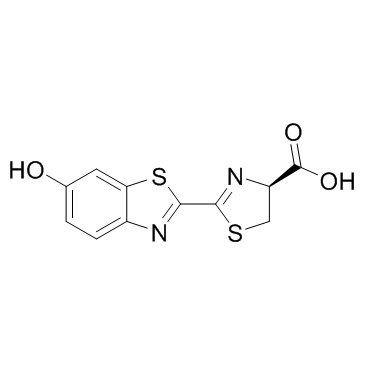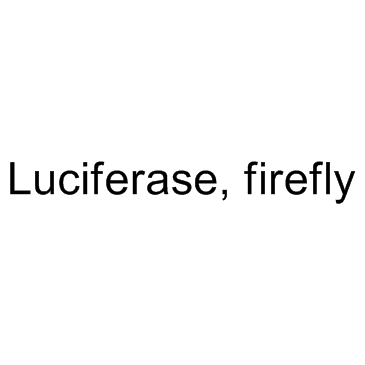| Structure | Name/CAS No. | Articles |
|---|---|---|
 |
D-Luciferin
CAS:2591-17-5 |
|
 |
Luciferase, firefly
CAS:61970-00-1 |